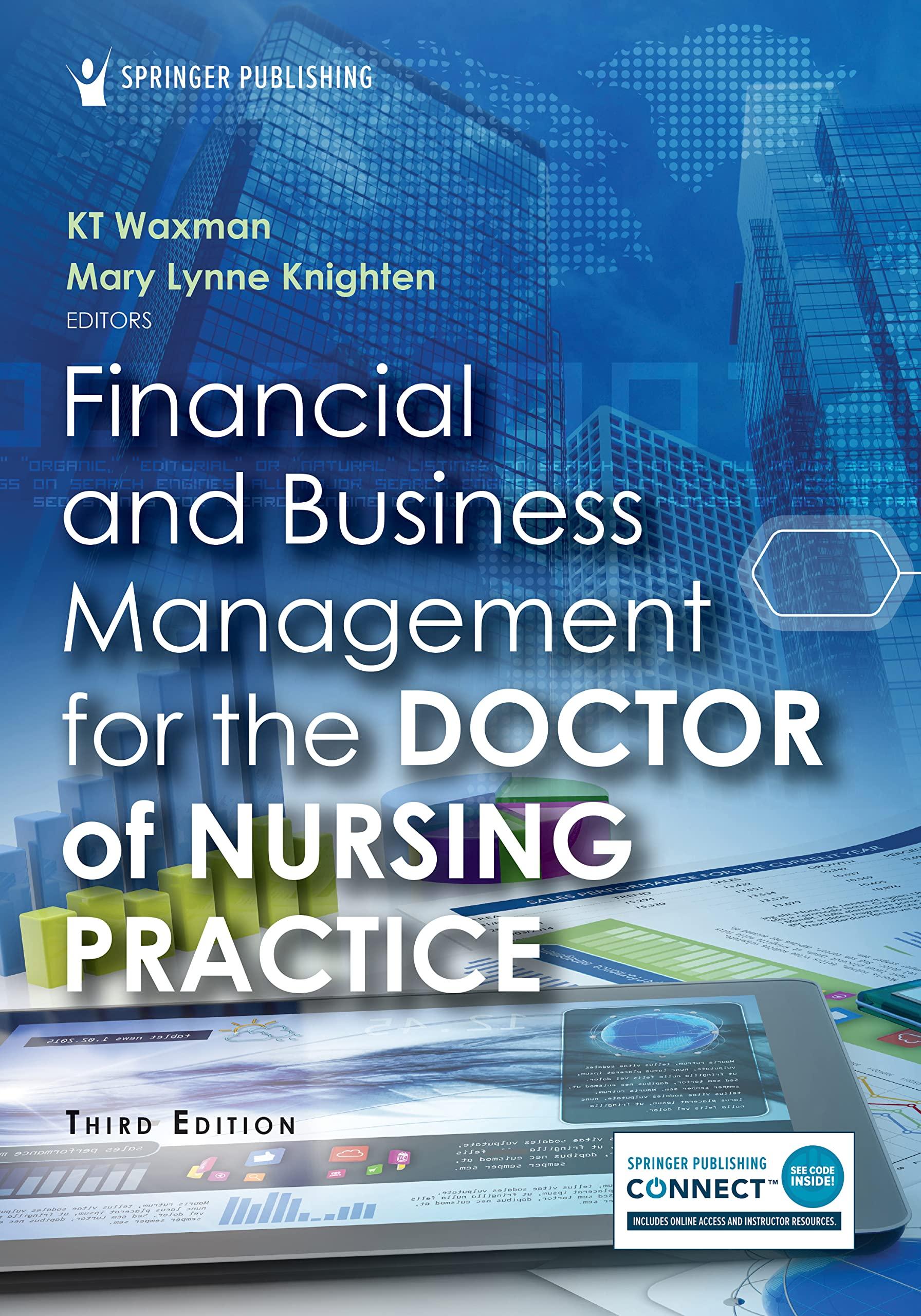You are the newly appointed dean of health sciences at a small community college in a mixed-income
Question:
You are the newly appointed dean of health sciences at a small community college in a mixed-income community and oversee dental assistant, medical assistant, EMT, licensed vocational nurse (LVN), and associate degree RN programs. The school currently has a limited budget, with college-based funding amounting to $6,000 annually for each of these programs. College-wide, there are many students in need and an initial survey showed that 60% of the student body had inadequate or no insurance.
The lack of insurance resulted in many students dropping out of courses during the flu season. The campus itself had no resources for students, no student health center, no food bank, limited counseling, and no room for nursing or breast-pumping parents.
There is a critical nursing shortage. Many local healthcare facilities are requesting new grads, and you realize you need to increase the capacity of your program and develop pipeline programs for their allied health workforce. The nursing program currently accepts 32 students for the first-year cohort, and increases this number to 40 students in the second year for an LVN/LPN-to-RN transition program. The school has over 700 applicants for the first-year program and over 80 applicants for the second-year transition program, so finding applicants is not a problem. The school has a 27% attrition rate and a 79% NCLEX pass rate.
There is also an ongoing faculty shortage. There are only four full-time faculty: one full-time LVN faculty/program coordinator, one med-surg faculty for first-year content, one med-surg faculty who covers second-year content, and a psychiatric-mental health faculty member who is a department chair, teaches didactic courses, and covers 50% of the clinicals. Two of the faculty will be retiring in a year. You need to recruit a maternal–child health specialist and have seven additional clinical adjunct faculty to continue the program. The salary for adjunct faculty is about $60 an hour and the local hospital is paying nurses $100 an hour. To be considered for employment the faculty recruited must hold a master’s degree or higher. The last five job searches resulted in no qualified applicants.
In addition to your critical faculty needs, you learn that your community hospital is currently employing 70% of its nurses from a traveling company; consequently, they do not have a stable nursing workforce that can accept students for clinical rotations.
Community health programs are also desperate for nurses but there has been no engagement with the school. Currently, all clinical rotations are done in three local hospitals, and often preference is given to the bachelor of science in nursing (BSN)
programs for the specialty rotations—maternal health, pediatrics and psychiatry.
a. Based on the information given, how would you prioritize solving the following problems (list them in order of priority) and why?
■ Improve resources to the college student community.
■ Iimprove the community’s public health needs.
■ Decrease attrition rates.
■ Increase admittance capacity.
■ Increase faculty.
■ Increase NCLEX pass rates.
■ Increase the number of clinical sites and/or existing clinical site capacity.
b. Given the preceding information, describe how you use the school and workforce data to create a plan for your nursing program, the larger community college, and your community.
■ Identify possible funding sources to develop identified projects.
■ What community funds, educational funds, local and national grants, and private donors would you consider?
Step by Step Answer:

Financial And Business Management For The Doctor Of Nursing Practice
ISBN: 9780826160157
3rd Edition
Authors: Kt Waxman, Mary Lynne Knighten





